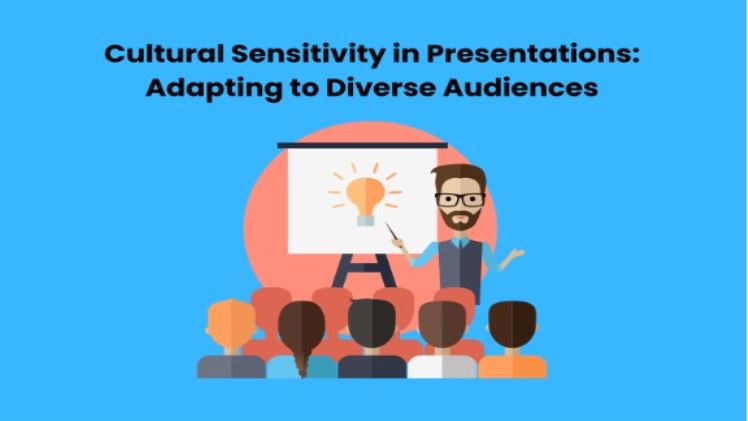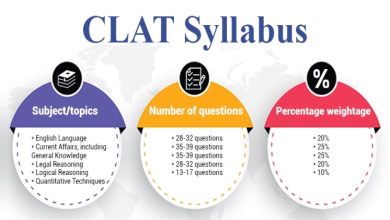Cultural Sensitivity in Presentations: Adapting to Diverse Audiences

In the modern world, where globalization has made the interaction between people from different cultures more frequent, the importance of cultural sensitivity in Presentations Skills cannot be overstated. Whether you are delivering a sales pitch, a keynote address, or a training seminar, understanding and adapting to the cultural nuances of your audience is crucial for effective communication. This is where Presentation Skills Training Courses play a vital role in equipping presenters with the knowledge and skills to navigate diverse audiences successfully.
Table of Contents
- Understanding Cultural Sensitivity
- Adapting Content and Delivery
- Respecting Cultural Norms and Values
- The Role of Presentation Skills Training Courses
- Overcoming Language Barriers
- Adapting to Cultural Etiquette
- Conclusion
Understanding Cultural Sensitivity
In presentations, understanding and considering the audience’s cultural origins, customs, values, and communication preferences is called cultural sensitivity. It entails understanding that other cultures perceive and react to information differently and that what could be appropriate or successful in one culture might not be in another. Effective cross-cultural communication is built on this knowledge, necessary for any presenter who wants to engage various audiences.
Adapting Content and Delivery
Adapting the content and delivery manner of presentations to the cultural preferences of the audience is a crucial component of cultural sensitivity. This entails speaking in an accessible and inclusive manner and avoiding slang or jargon that could not transfer well across cultures. In addition, presenters must be aware of nonverbal clues like body language, gestures, and facial expressions, which might have diverse cultural connotations.
Respecting Cultural Norms and Values
Respecting the audience’s cultural norms and values is another crucial cultural sensitivity component. This entails being conscious of and steering clear subjects or actions that might offend or be sensitive to certain cultural groups. For instance, making direct eye contact may be seen as aggressive in certain cultures but as a show of respect in others. In a similar vein, humor that is deemed appropriate in one culture could not be in another. Presenters may connect with their audience and prevent inadvertent offense by acknowledging and appreciating these distinctions.
The Role of Presentation Skills Training Courses
Courses on presentation skills are essential for assisting presenters in gaining the cultural awareness necessary to interact with various audiences. Modules on cross-cultural communication are often included in these courses, giving learners the skills and information they need to skillfully negotiate cultural differences. Participants gain knowledge on how to investigate the cultural background of their audience, modify their content and delivery style appropriately, and foresee and resolve any possible communication difficulties.
Overcoming Language Barriers
Since language is a basic component of culture, presenters giving talks to various audiences need to be aware of potential language difficulties. Language barrier-busting techniques often included in presentation skills training programs include employing plain, uncomplicated language, supplying visual aids, and allotting additional time for interpretation or translation. Presenters may ensure that everyone in the audience, regardless of language ability, understands what they’re saying by skillfully addressing language hurdles.
Adapting to Cultural Etiquette
Cultural etiquette differs greatly across countries and greatly influences how people see presentations. Training programs for presentation skills educate speakers on regional cultural etiquettes, such as proper greeting customs, seating arrangements, and gift-giving customs. Presenters may show respect for the traditions of their audience and improve their credibility and communication skills by learning and using cultural etiquette.
Conclusion
In conclusion, in today’s globalized society, cultural awareness in presentations is critical to successfully engaging a variety of audiences. Presenters need to adjust their topic and delivery manner based on their audience’s cultural origins, customs, and values. Training programs in presenting skills are very helpful in giving speakers the information and abilities they need to effectively negotiate cultural differences, which eventually results in more inclusive and powerful presentations. Presenters may ensure that everyone in their audience, regardless of background, understands their message by adopting cultural awareness.




